When you should change the Battery of the folding e-bike?

With the advancement of technology, electric bikes, or e-bikes, are becoming increasingly popular these days, especially as people look for ecological friendly and efficient transportation options. Electric bikes have taken a significant role in many people’s daily lives. One of the essential components of an e-bike is the battery. The battery powers the motor that propels the bike forward, and without it, the e-bike cannot function. Therefore, it's crucial to know when you should change the battery of your folding e-bike. Here are some scenarios where changing the battery is necessary:
Battery life is exhausted
The lifespan of a lithium-ion battery, which is the most common type of battery used in e-bikes, is typically between 2 to 4 years or 500 to 1,000 charging cycles. If you use your electric bike too often, too many times of charging and discharging, then the life of the battery will naturally decline, also caused by a charge can not be used for a long time, which is also to remind you that the battery should be replaced.
External damage
There are many factors that affect the life of an electric bike battery, and external damage is one of them. One of the main causes of external damage to e-bike batteries is physical impact. E-bike batteries are typically mounted on the frame of the bike, where they are exposed to potential impact from road debris, curbs, or collisions. This impact can cause dents or cracks in the battery casing, which can lead to internal damage to the battery cells. It is possible that the battery may suffer from internal problems after these external damage and the battery life decreases as a direct result.
External corrosion
External corrosion refers to the degradation of the battery's exterior components due to exposure to environmental elements such as water, humidity, and extreme temperatures. The corrosion can occur on the battery's housing, terminals, and connections, and it can cause a reduction in the battery's performance and lifespan.
Water is one of the most significant contributors to external corrosion of electric bicycle batteries. When water enters the battery housing through the vents, it can react with the internal components, causing corrosion and damaging the battery's cells. Additionally, humidity and moisture in the air can cause the battery's terminals and connections to corrode, leading to poor electrical conductivity and reduced battery performance.
Extreme temperatures, both hot and cold, can also contribute to external corrosion of electric bicycle batteries. When exposed to high temperatures, the battery's housing and internal components can expand and contract, causing stress on the battery's components and leading to corrosion. Similarly, when exposed to low temperatures, the battery's internal components can contract, causing stress on the battery and increasing the risk of external corrosion.
In conclusion, external corrosion is a significant factor that can impact the lifespan of electric bicycle batteries.
How to prolong the battery life
Avoiding exposing the battery to extreme environments
Extreme environments like high and low temperatures are the most critical factors affecting battery life. High temperatures can cause battery life to degrade faster, while low temperatures can reduce their performance. To avoid exposing batteries to extreme temperatures, it is essential to store and use them within their recommended temperature range. If you are using your device in a hot environment, try to keep it out of direct sunlight or use a protective case to insulate it.
In addition, avoiding humidity, and excessive vibration or shock, we can help our batteries last longer and perform better.
Do not immerse the battery in water
One common misconception is that immersing the e-bike battery in water can prolong its lifespan. However, this is a dangerous practice that can damage the battery and even cause harm to the user.
Firstly, water is a conductor of electricity. When a battery is immersed in water, it can create a short circuit that may result in overheating, damage, or even an explosion. This can pose a severe safety risk to the user and the environment.
Secondly, water can damage the battery's internal components, such as the cells and circuits, leading to a decrease in performance and lifespan. Water can cause corrosion and rust, which can affect the battery's ability to hold a charge, resulting in a shorter lifespan.
Based on the above elaboration, e-bike users should not immerse the battery in water so as to extend the battery life to some extent.
Remove the battery of the electric bike during transportation
Many electric bike owners are unaware that transporting their bike with the battery still attached can have a negative impact on the battery's lifespan. This is because the battery is subject to various vibrations and movements during transportation, which can cause damage to the battery's internal components, such as the cells and the circuit board.
To avoid potential damage to the battery during transport, it is recommended to remove the battery and transport it separately from the bike. This simple step can greatly extend the lifespan of the battery and save electric bike owners money in the long run by reducing the need for frequent battery replacements.
If you're taking your e-bike around, whether it's in the trunk or on the bus or subway, it's best to take the battery off the e-bike, even though it’s a bit of a hassle.
HiPEAK’s BONA and ELIAS are both equipped with removable 48V 15Ah Lithium battery. This feature allows the battery to be removed as often as you need to in order to extend the battery life to some extent and maintain its excellent performance.
Charging rules
To ensure that our batteries last longer, it is essential to follow good charging practices.
- Avoid Deep Discharging: Deep discharging refers to draining the battery completely before recharging it. While some people believe that this practice can extend the battery life, it is not true. Deep discharging can actually harm the battery and reduce its lifespan. It is recommended to recharge the battery when it reaches 20% to 30% of its capacity.
- Charge at Moderate Temperatures: The temperature of the battery has a significant impact on its lifespan. Charging the battery at high temperatures can reduce its lifespan. It is best to charge the battery at moderate temperatures between 20°C to 25°C. Avoid charging the battery in direct sunlight or in an environment with high temperatures.
- Use the Right Charger: Using the right charger is essential to ensure that the battery is charged correctly. Using a charger that is not compatible with the battery can damage it and reduce its lifespan. It is recommended to use the charger that comes with the device or a charger that is recommended by the manufacturer.
- Unplug the Charger When the Battery is Fully Charged: Leaving the battery plugged in even after it is fully charged can harm the battery and reduce its lifespan. It is recommended to unplug the charger once the battery is fully charged.
- Charge the Battery Regularly: Charging the battery regularly can help extend its lifespan. It is recommended to charge the battery at least once every three months, even if it is not in use. This practice can prevent the battery from becoming completely discharged and extend its lifespan.
HiPEAK's BONA and ELIAS can ride 60 miles on a single charge, which greatly reduces the frequency of charging for the user, and secondly, it only takes 5-7 hours for a full charge to be completed, which can be done at your free time. Choosing HiPEAK will ensure brilliant performance while extending battery life.
Conclusion
This article analyzes several factors that should be replaced and gives a few ways to extend the life of the battery. Of course the battery is supposed to be a consumable, so when you feel that the battery status can't keep up with your needs, then replace it with a new one.

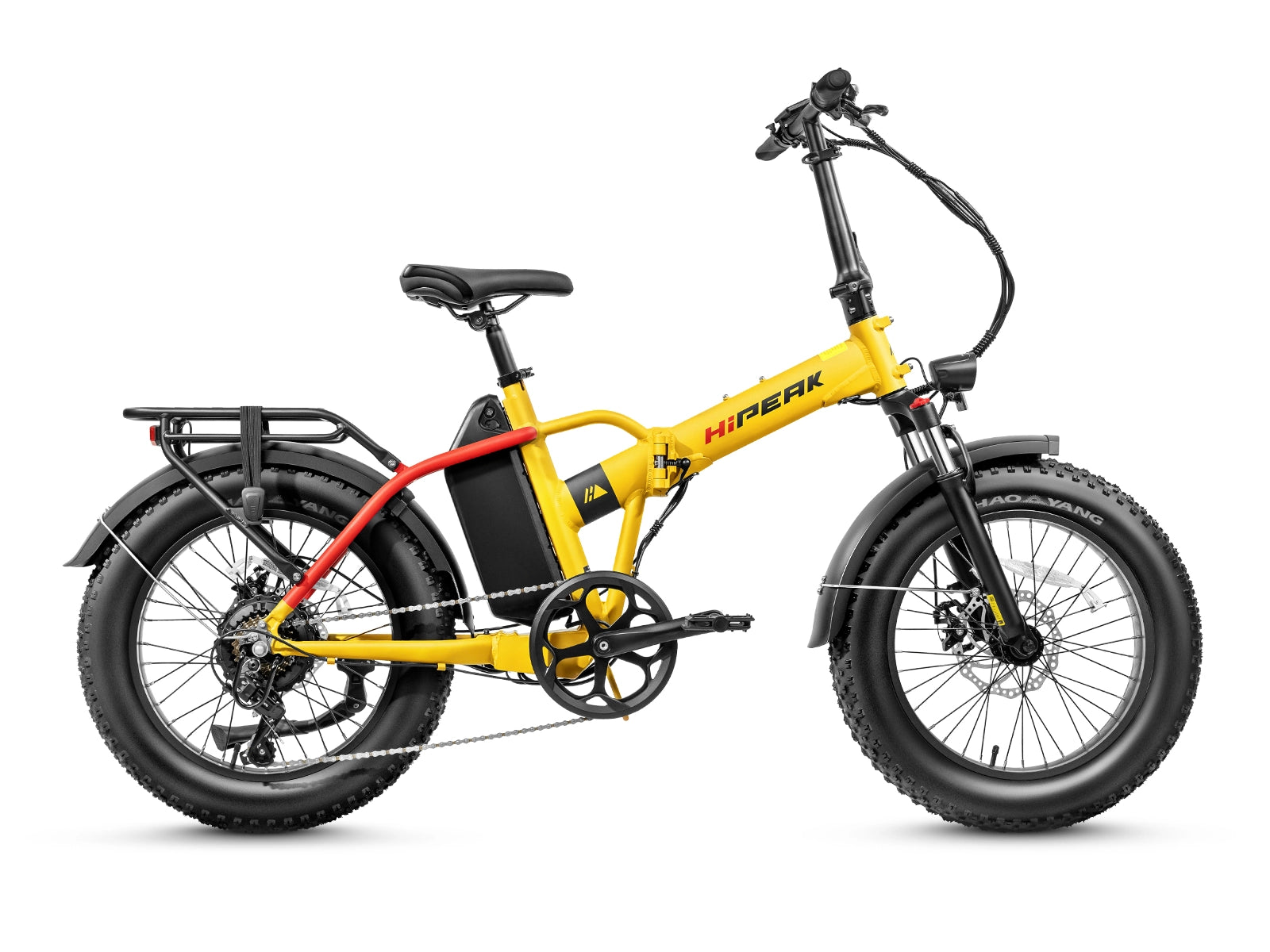
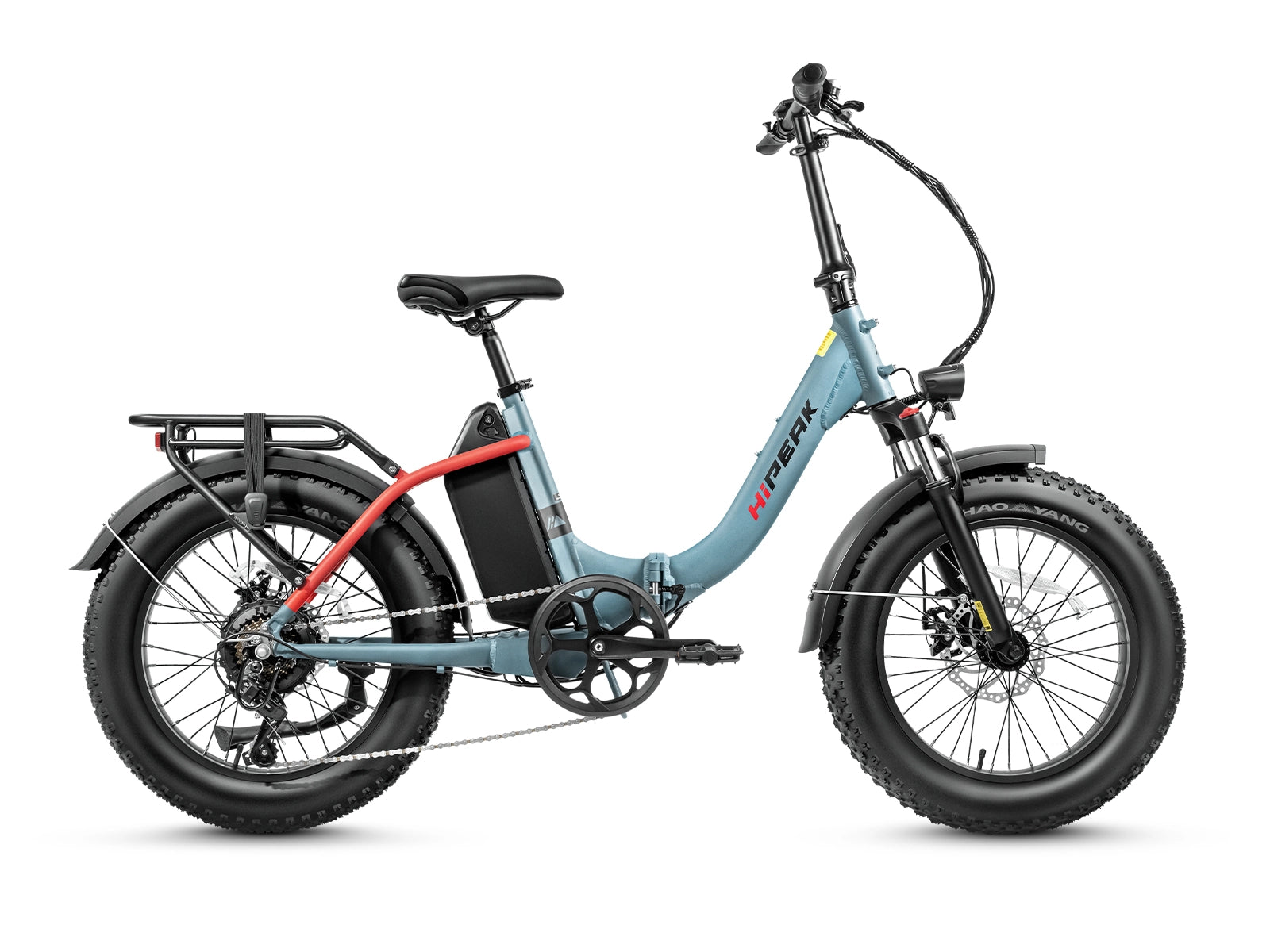
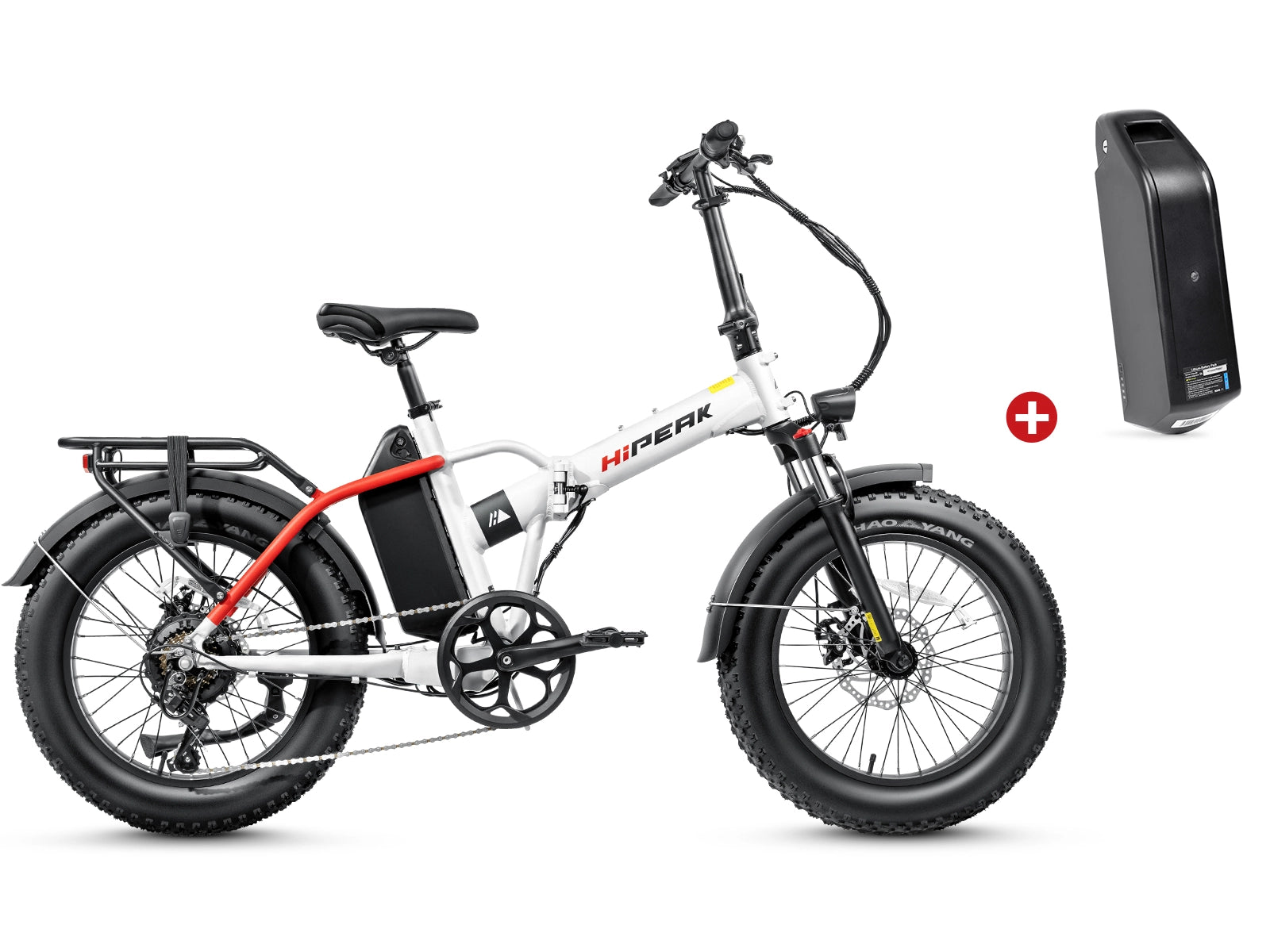
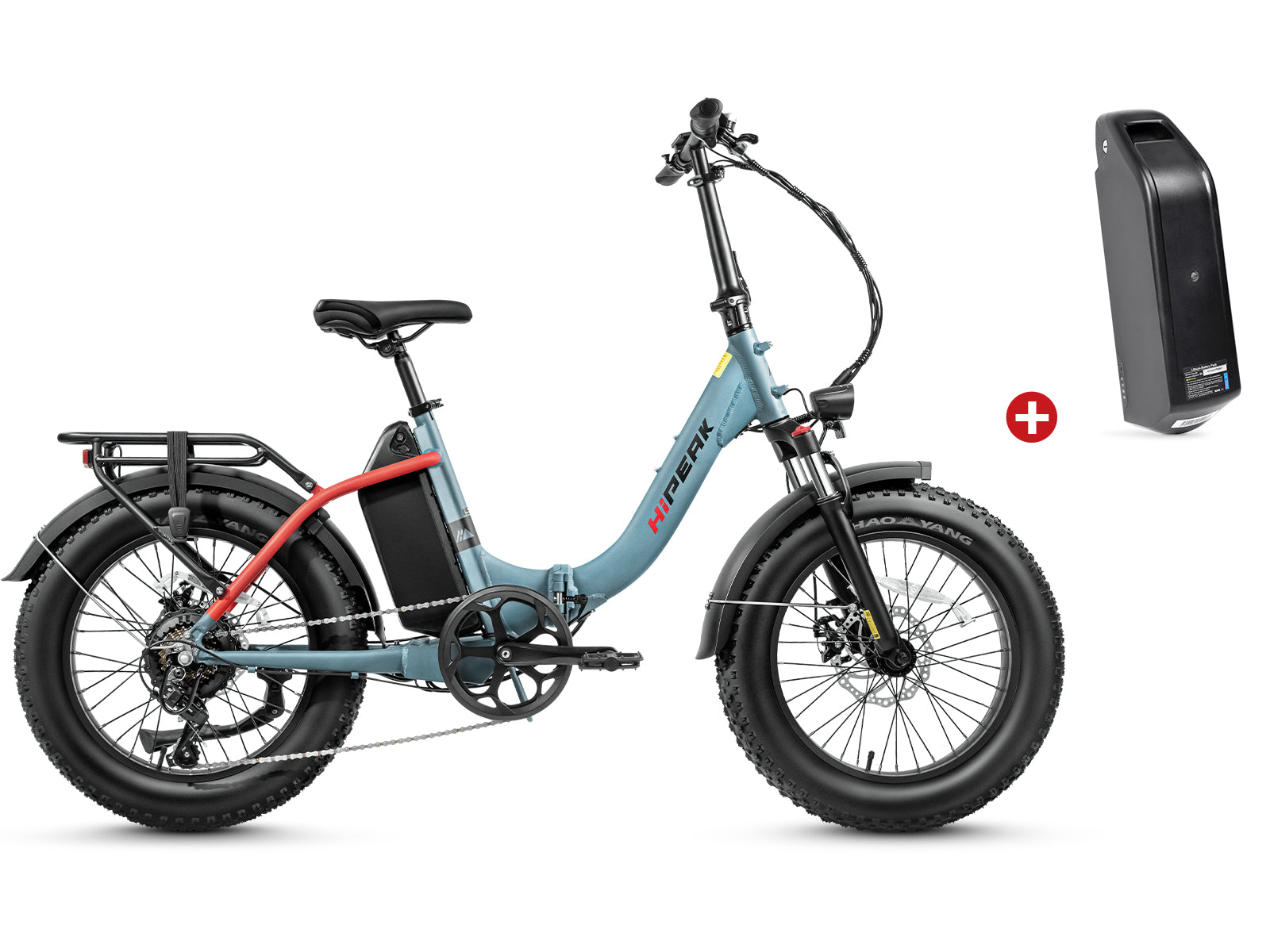
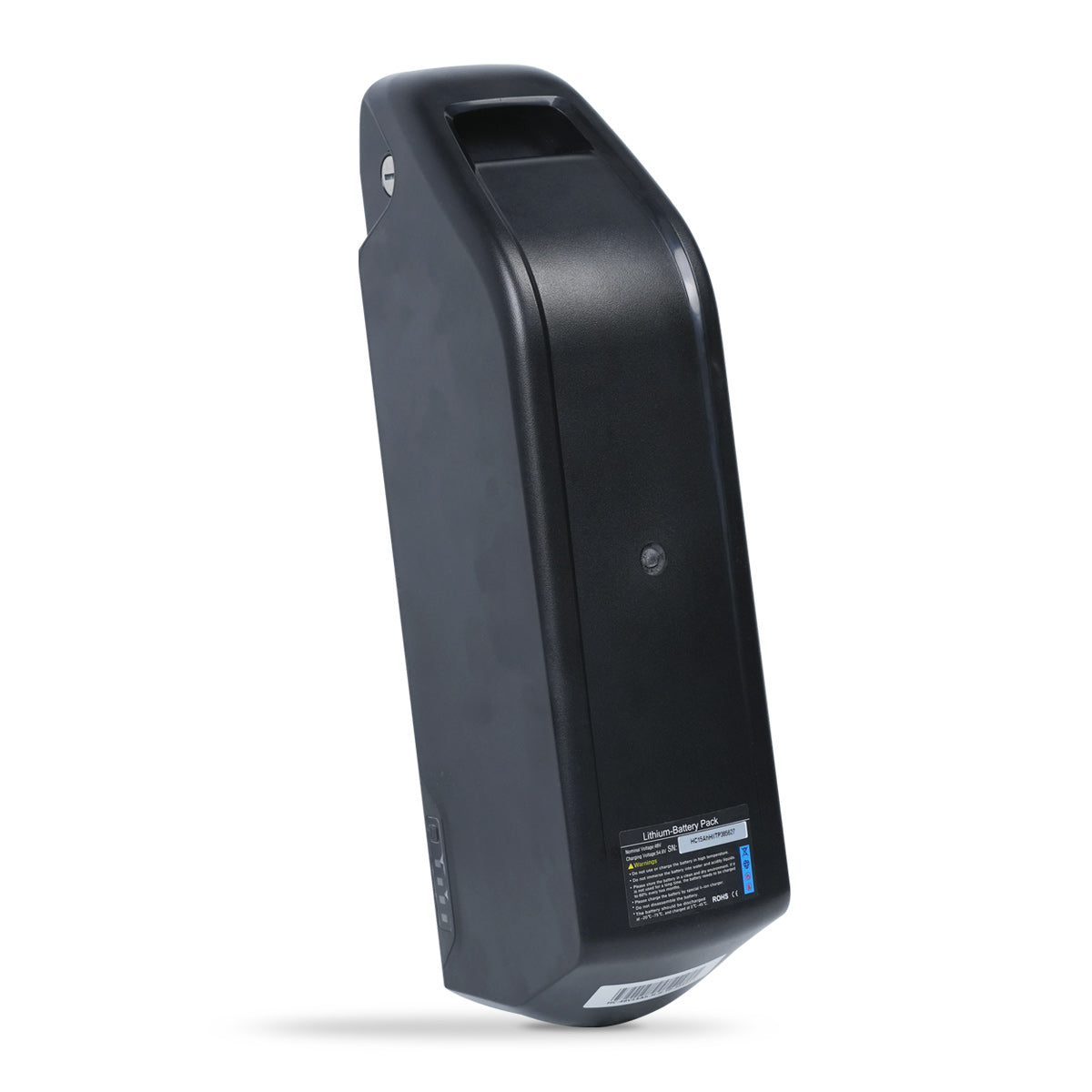
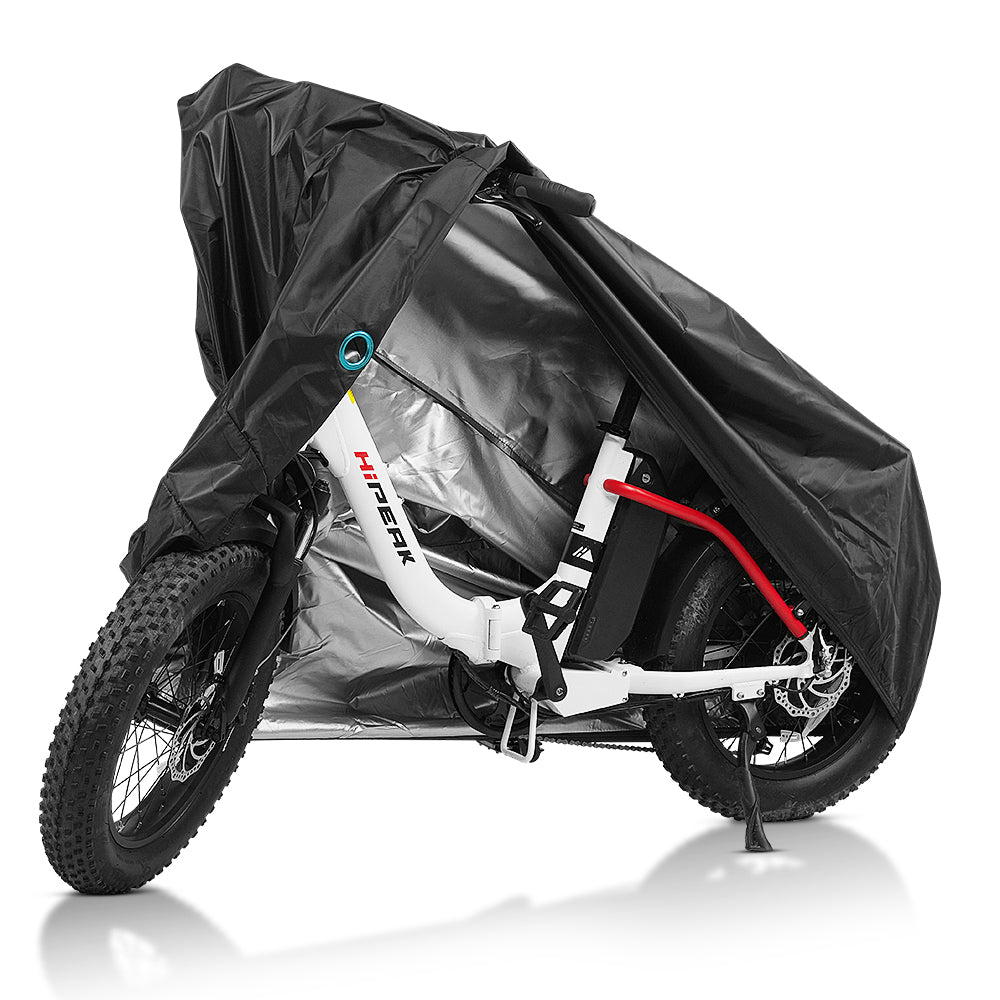

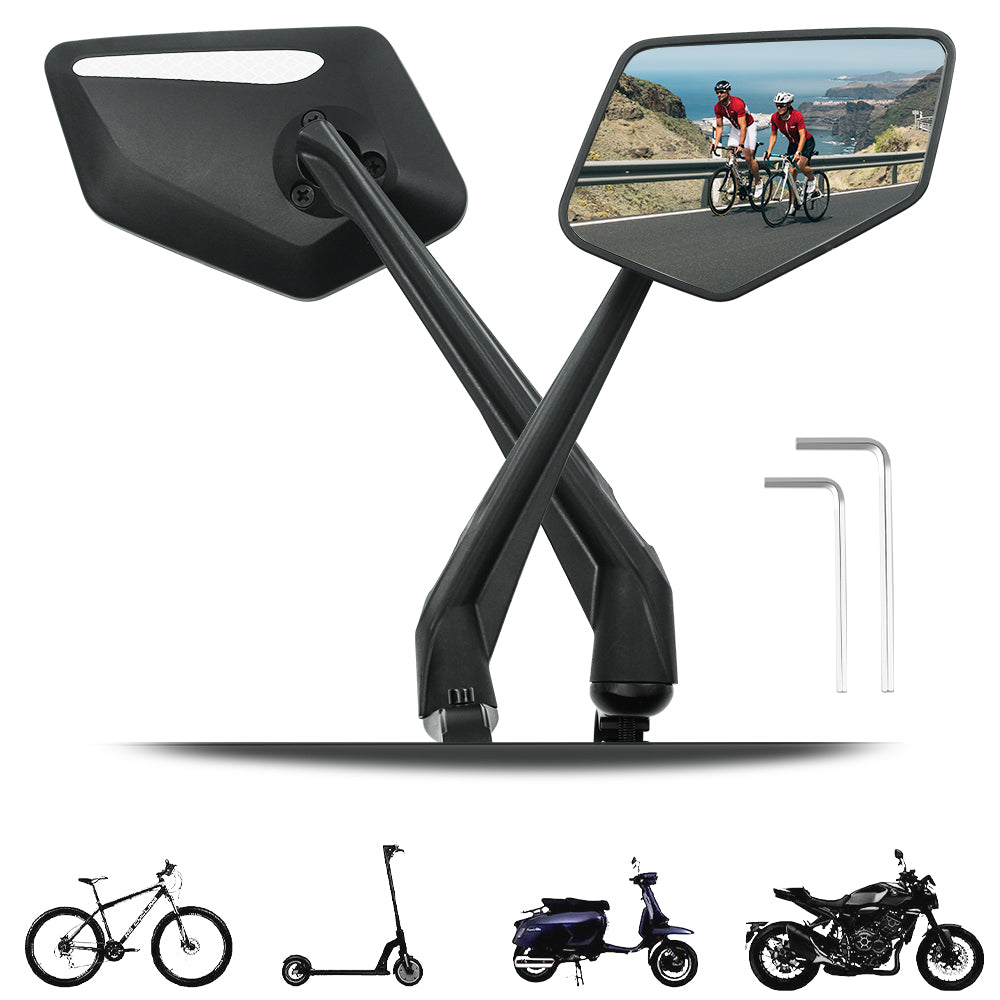
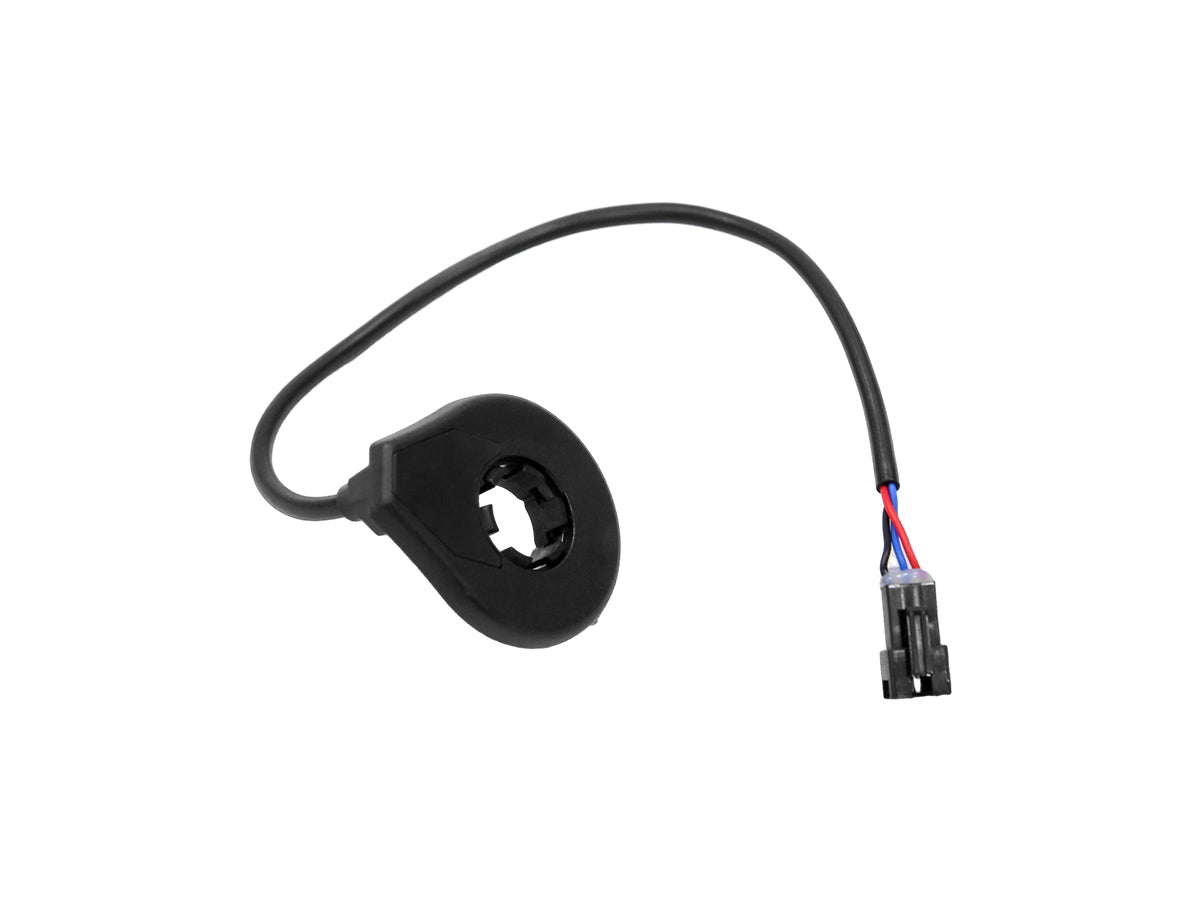
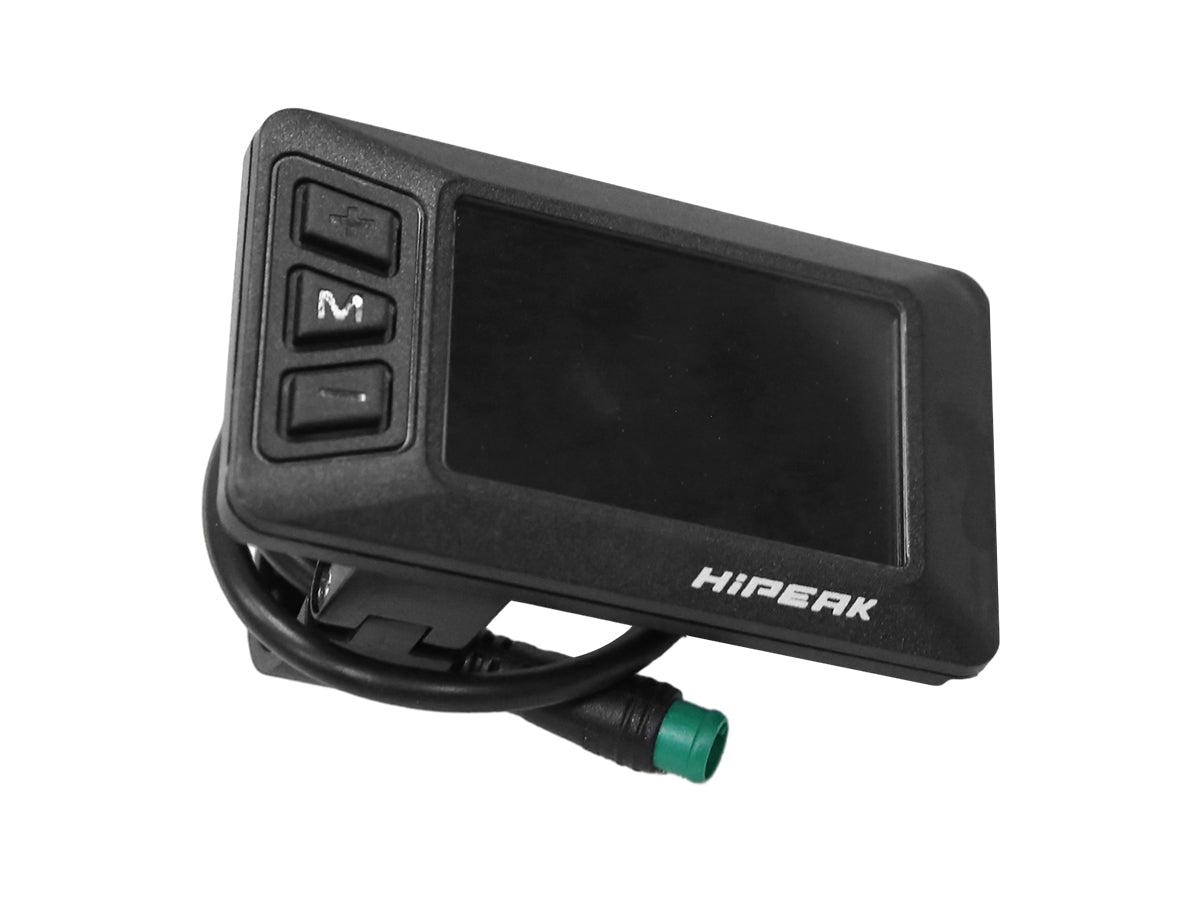
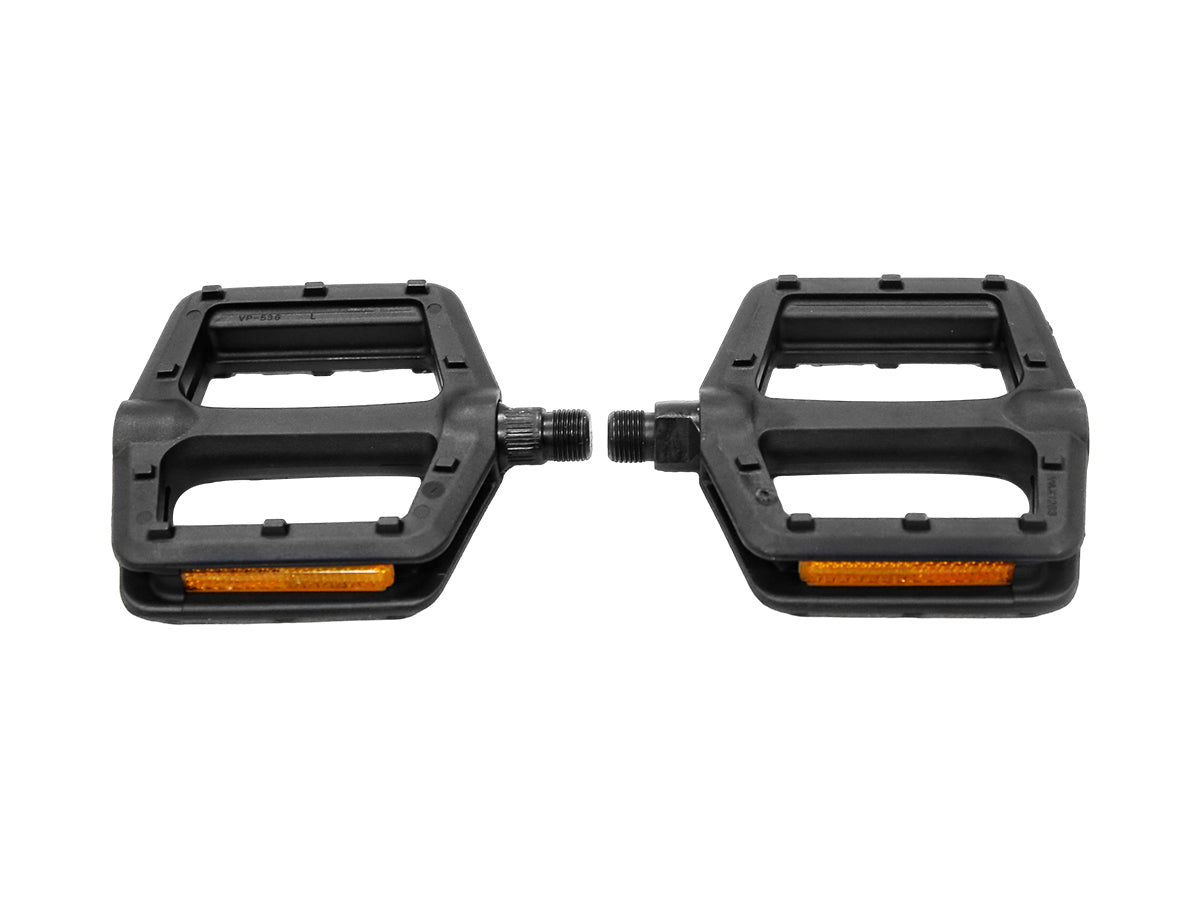
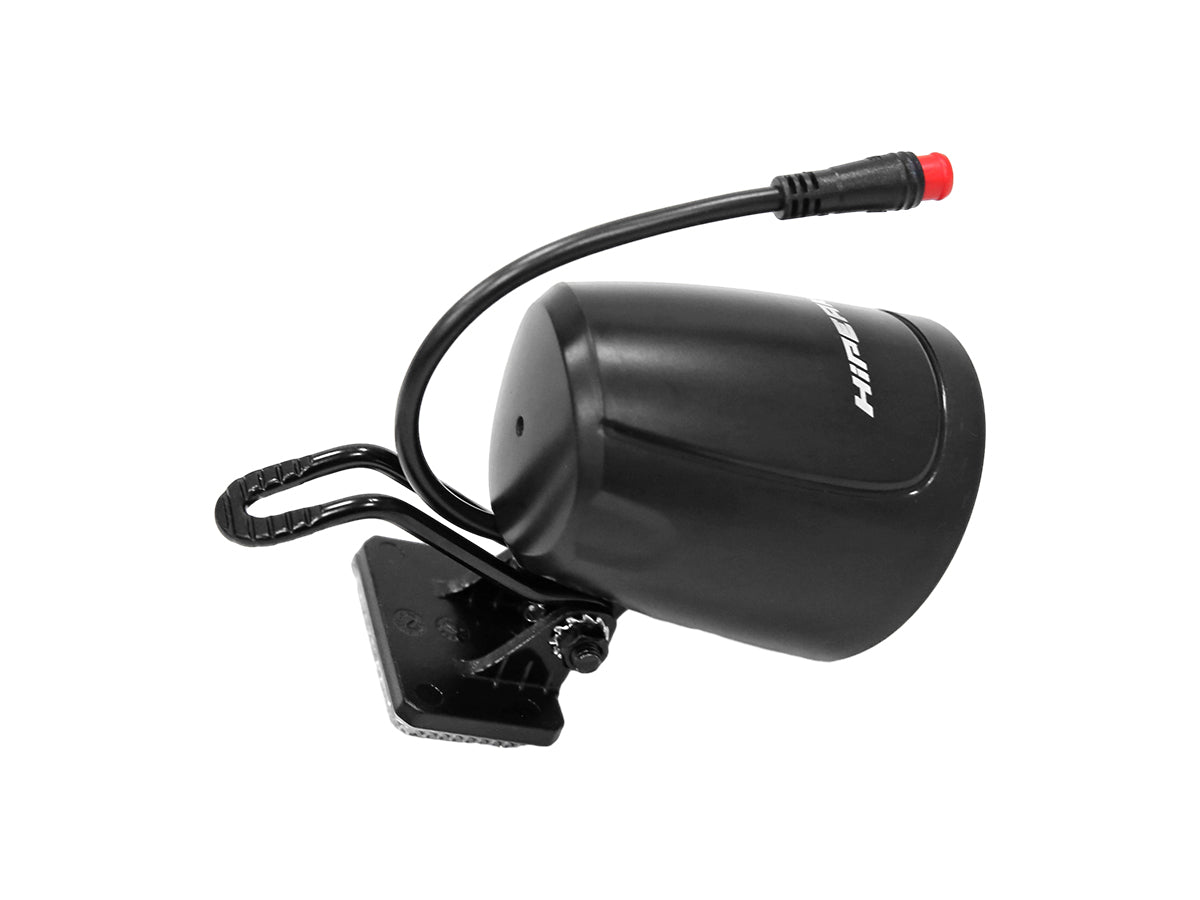








Leave a comment